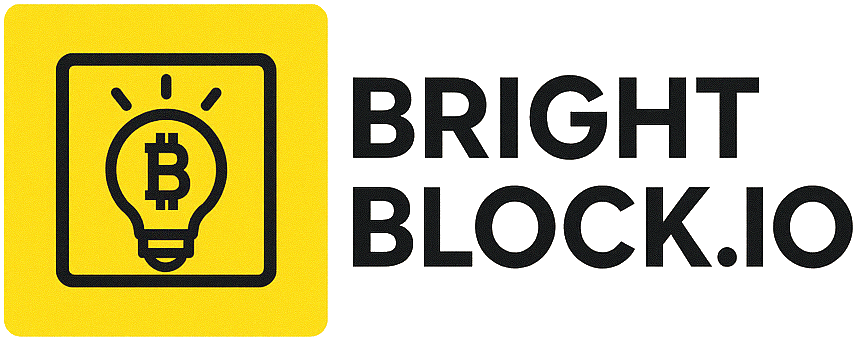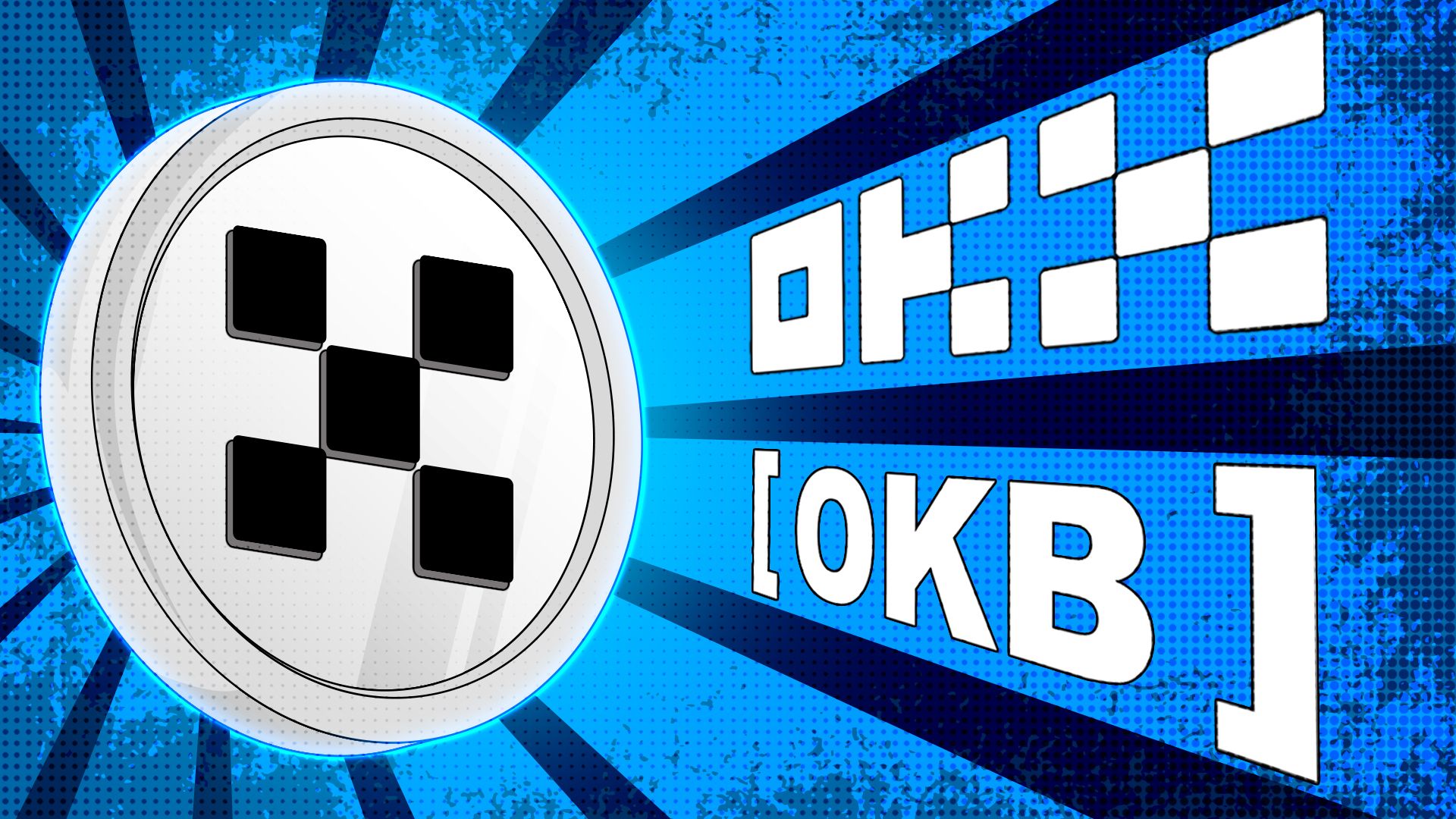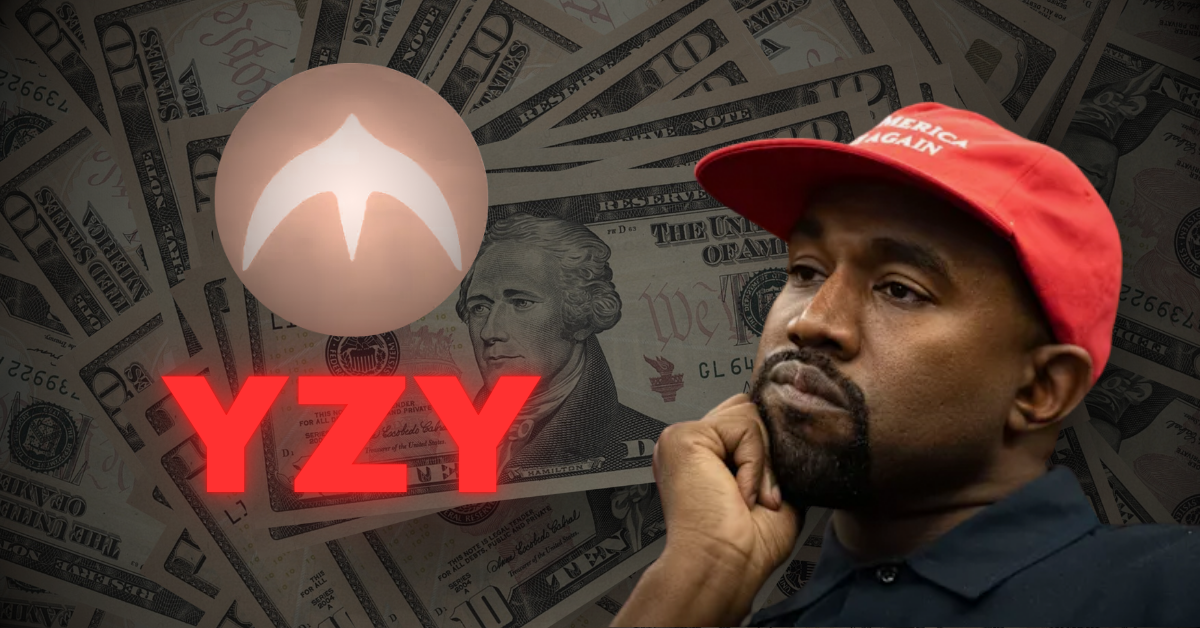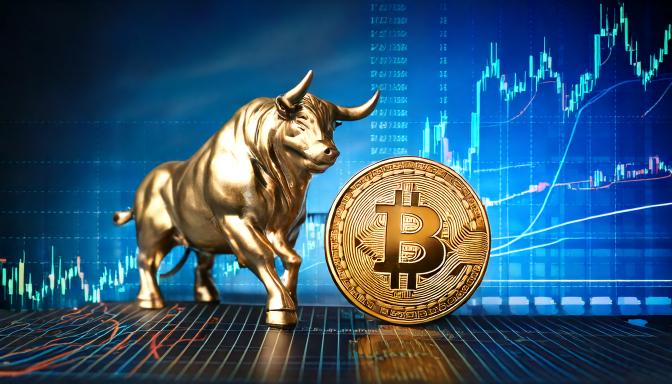Key Takeaways
- Token sales are not bad, as many crypto projects with real-world use cases have used this fundraising method.
- Buying into token sales that promise 100% sales for its users is like throwing money into an abyss.
- Never get involved in token sales with fake promises, partnerships, and no utility backing it up.
Crypto markets can be chaotic and scammy sometimes. The emergence of token sales, presales, and token launches has created some unimaginable scenes in the crypto industry.
The crypto community has become wise over the years, developing a sixth sense for identifying scammy projects. Memes have made the industry enjoyable despite its challenges.
Let’s break down some red flags associated with token sales using a mix of laughter and memes to dive deep into these articles.
1. No Team Info or Profile

Trust in the crypto space is built on an active community, a strong team, and a visible social profile that showcases the community. devs are actively working to grow the community and take the project to the next level.
If a crypto project is anonymous and has no visible profile, you better believe you are launching your money into an endless hole of no recovery.
If devs and teams are using meme avatars, you run for your life. This is giving a full starter pack of rugpull, bro.
2. No Audit, and Launched in 24-hours

If a crypto project is launched or token sales are available with no real value to offer, no audit, and a zero-functioning project, it’s just vibes and hype.
This project is speed dating your account, and you should find out more, or else you will APE-in begging for your money to be taken from you.
3. No Value, Massive Hype

Crypto memecoins and projects rally from hype and volume. Many fake projects have adopted this pattern, partnering with influencers to pump this token with no real value, speaking of the next hype with the potential for 12000%.
If you dig deep into these projects, you will find no real value in their whitepaper, with content filled with hype words that make no real sense without a thriving community willing to push this project to the next level.
4. Tokenomics
If the token allocation looks like 50% team, 40% VC, and 10% users run for your life, you will become exit liquidity.
This token sale has a high potential for early dumps and rug pulls, with zero evidence of potential from its community users.
5. No Vesting or Lockup Period

If a token sale allows buyers to carry out a 100% dump of their token after launch, this is a sign that the project team would rugpull the project before it launches, leaving no trace of the project seeing the light.
No mercy is what the team will give you, like the quant or ‘I’m sorry, kid’ who rugpulled thousands of dollars in memecoin during its launch.
6. Fake Promises and Partnerships
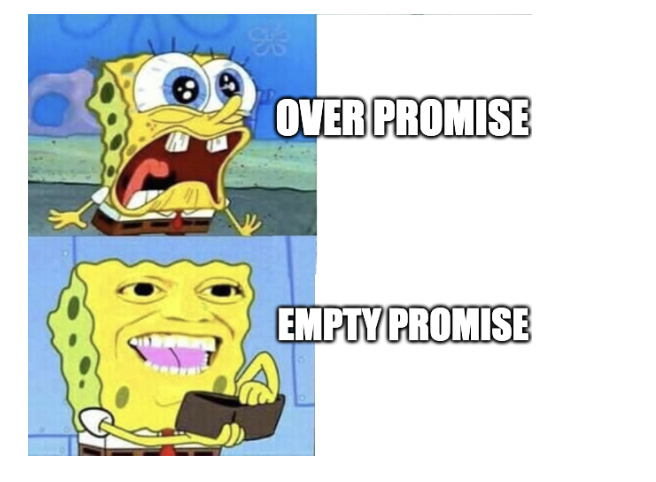
We are collaborating with Coinbase, Google, and Chainlink, which connect to the public API.
These fake partnerships are common with token sales and just another red flag.
Some go as far as overpromising to raise enough capital during token sales, with no real track record of tokenomics or roadmap, just empty promises.
TL:DR:
Token sales are not inherently bad, as many crypto projects with real value have launched this way, accompanied by real use cases and fundamentals.
If a project looks scammy and overpromising, then it’s not the next Ethereum.
Stay safe, and never trust a token with all these red flags.
Othere Read
WTF is a Memeconomy? And Why it Matters
Memecoins with Real Communities vs. Pump-and-Dumps
Are Airdrops the New Token Sales? Here’s What You Need to Know

